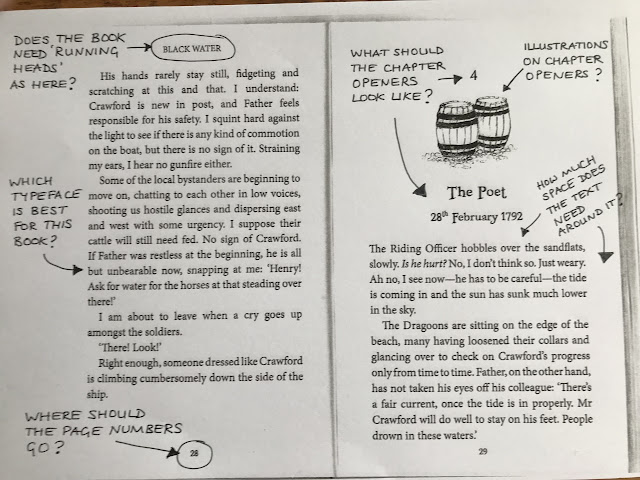Next week it will be the first of March. Dydd Gŵyl Dewi Sant Hapus.
Happy St David’s Day! All over Wales, people will be celebrating the day with
welshcakes (delicious), leeks (not quite so delicious) and daffodils (do not eat
these!)
If you go to school in Wales, you may find yourself playing
a musical instrument, dancing a traditional dance or writing a story for an
eisteddfod competition. If you’re a girl, you may dress in traditional costume.
Claire in traditional Welsh dress
I’ve always been fascinated with myths, legends and
fairy tales, and I’m lucky to live in Wales because we have loads of them. They
mix together real places with extraordinary characters and happenings. The most
famous of these stories come from a collection called the Mabinogi or Mabinogion. You’ll
find stories of shape-shifting and magic, of heroes and battles, and you can
read them all in English, thanks to this lady.
Lady Charlotte Guest was born in Lincolnshire in 1812.
Her home life wasn’t happy. Her father died when she was young, her mother
married again and Charlotte did not get on with her stepfather. Growing up,
she spent a lot of time outdoors, and she loved learning new things –
especially new languages. By the time she was twenty-one, she was fluent in Italian,
Greek, Latin, French, Hebrew, Persian and Arabic.
Then, in 1833, her life changed forever. Charlotte met
a Welshman: John Guest, the Member of Parliament for Merthyr. Within months,
the two were married and Charlotte left her English country home for the
ironworks of South Wales.
Her family were horrified, but Charlotte threw herself
into her new life, learning to manage the ironworks, visiting schools, and
setting up a library. Unsurprisingly given her love of languages, she was soon
learning Welsh.
A few years after that, one of Charlotte’s friends
loaned her a copy of The Red Book of Hergest.
The Red Book – so-called because of its red cover – is
one of the oldest Welsh manuscripts, dating back to medieval times. It contains
a collection of historical texts, poetry and stories, and the ancient tales
that make up the Mabinogi.
The stories include four sets, or branches, each
following the life of a different character. Pwyll, the prince of Dyfed who
travels into the magical otherworld and later marries a fairy wife. Branwen,
whose mistreatment by her Irish husband leads to a terrible war between Wales
and Ireland. The knight, Manawydan, who helps save Wales from a fairy curse. Math
the Lord of Gwynedd, who presides over a story full of magic. People changing
into animals, flowers turning into a woman and plotting murder.
Along with these four branches, there are other tales,
mainly recounting the deeds of King Arthur and his knights.
A few of the stories had been translated into English,
but not all of them. Maybe Lady Charlotte liked a challenge, or maybe she loved
the strange tales so much that she wanted everyone to read them, but she
decided to translate them all.
Over the next seven years, the stories of the Mabinogi
were published in seven volumes, with Welsh transcriptions by the poet John
Jones and English translations by Lady Charlotte Guest. It was a huge task,
especially as Lady Charlotte had to fit it around the demands of the ironworks
and her family. She had no idea how many people would read these Welsh stories
because of her, or that her translations became the standard version for more
than a hundred years.
Her words have inspired many other authors: JRR Tolkien’s
Silmarillion, Lloyd Alexander’s Chronicles of Prydain and Alan Garner’s The Owl
Service.

And my own book: Welsh Fairy Tales, Myths and Legends.
It contains several of the stories from the Mabinogion along with other tales
collected from all over Wales.
John Josiah Guest died in 1852 and Lady Charlotte
caused a social scandal by marrying a much younger man. She left Wales and
developed a new passion for collecting. She and her new husband travelled
around Europe and she built up a vast collection of porcelain, board games,
playing cards and fans. Shortly before her death in 1895, she donated almost
12,000 pieces of china to the Victoria and Albert Museum.
Lady Charlotte kept a diary from the age of ten
through most of her life. I’m glad that her words, and her stories, live on.

Claire Fayers writes fantasy adventures. Her books
include The Accidental Pirates, Storm Hound and Welsh Fairy Tales, Myths and
Legends.
www.clairefayers.com













